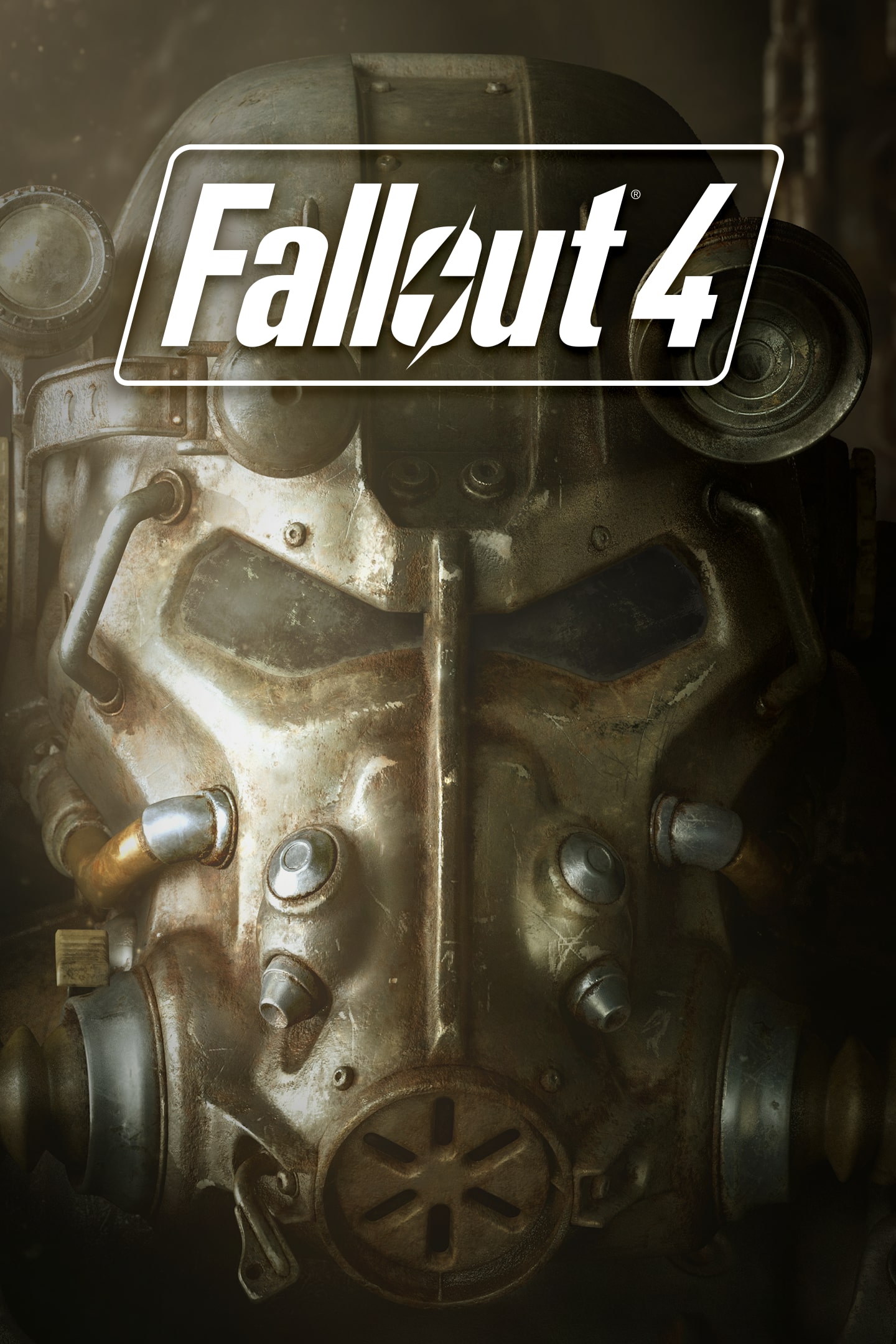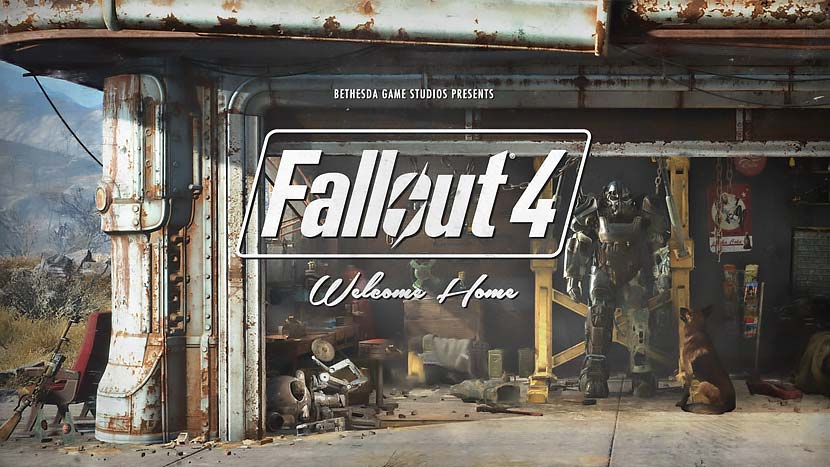
When Bethesda released the sixth and final piece of Fallout 4 DLC, Nuka World, it joined Far Harbor as one of only two story-driven DLC for the game. However many defend it as a necessary step towards profitability in a competitive and overcrowded market. This division of resources is often criticized by consumers, who see the breaking down of content into smaller parts as artificially inflating a game’s price. In response, post-release content has become the norm, often planned and designed not as an afterthought but in parallel with development of the base game. Every new installment in a franchise is expected to be bigger and better than the last, while game prices have remained the same.

With such a high bar set, many games are doomed to fail before they even begin development.įor developers and publishers that produce epics, the pressure is on. The Tomb Raider reboot, for example, was initially deemed a failure for selling 3.4 million copies in the first month of its launch, only achieving the “5-6 million” necessary to break into the green at the end of 2013, nine months after its release. Combined with the enormous costs of game marketing in an oversaturated market, even games that sell millions of copies can be deemed unprofitable. But the gaming audience’s hunger for open world games, co-op shooters, MOBAs, and other genres demanding ever-expanding resources somehow always seem to just outpace the ability to make the process less expensive.

Innovations like cloud computing and procedural generation, meant to address the growing technical demands of the medium, have offered some reprieve. It’s no secret that videogames are the most expensive form of entertainment to produce.


 0 kommentar(er)
0 kommentar(er)
